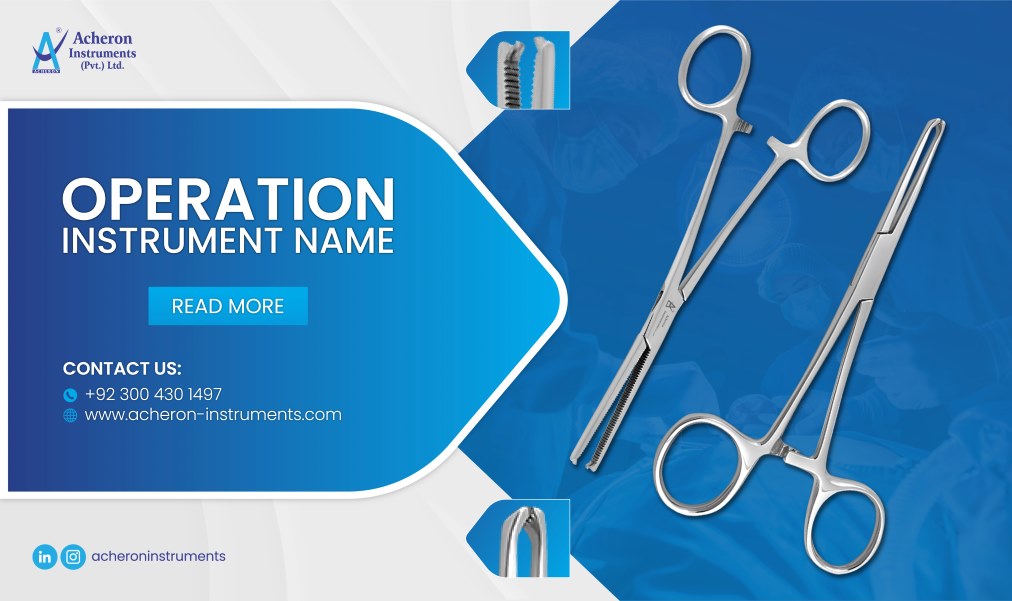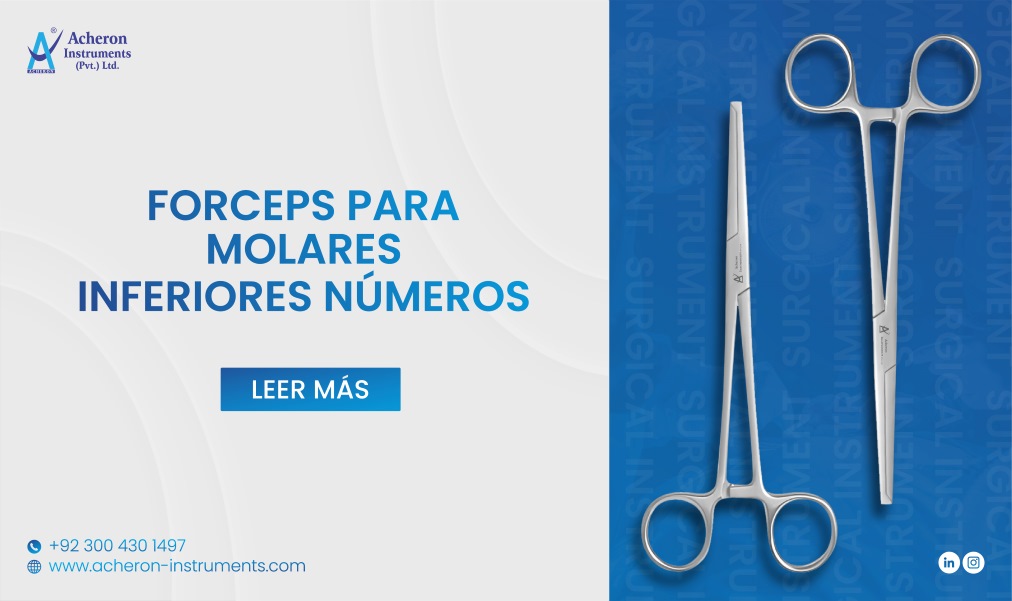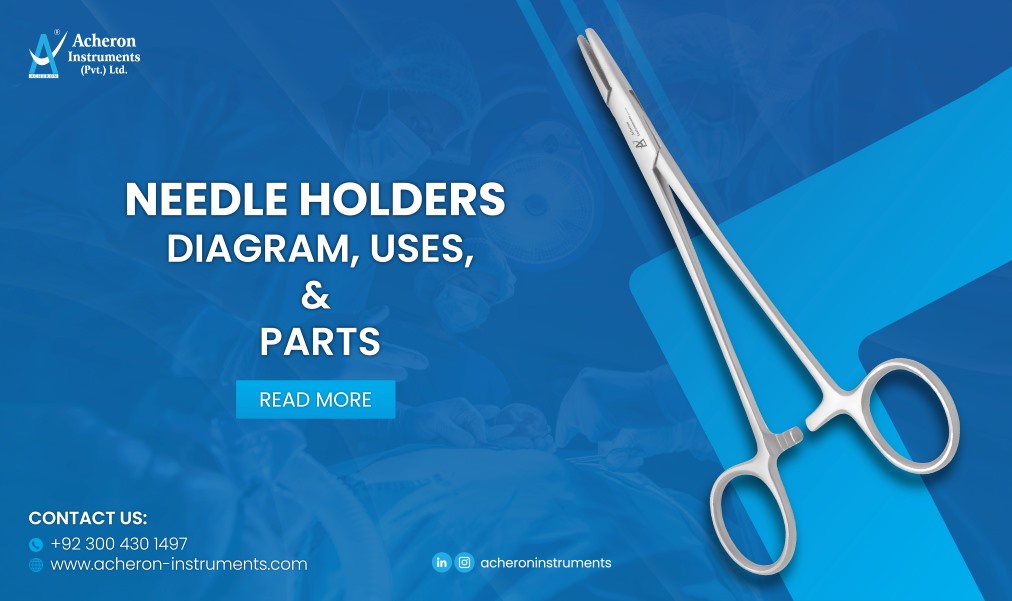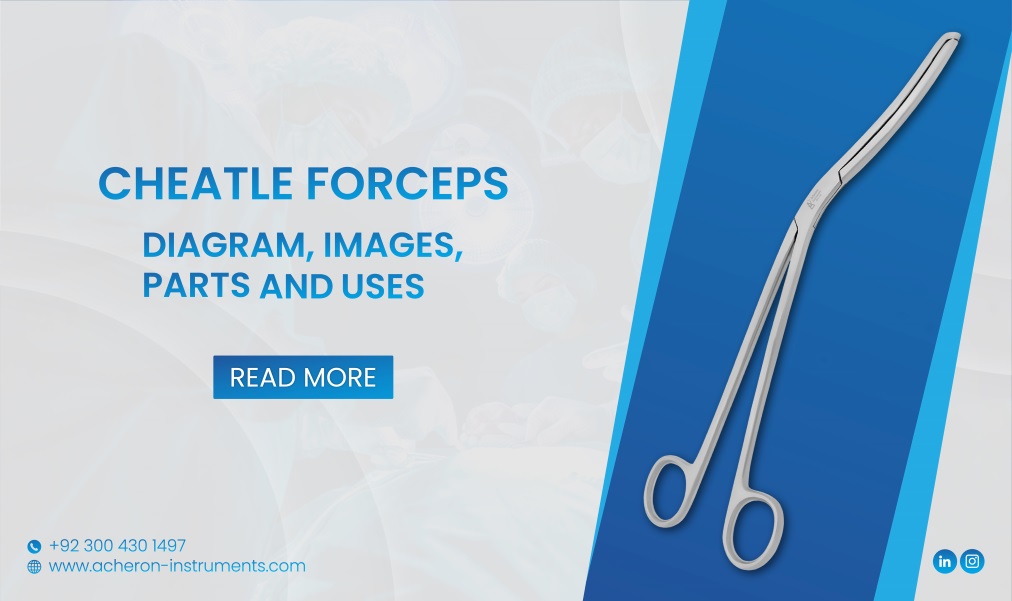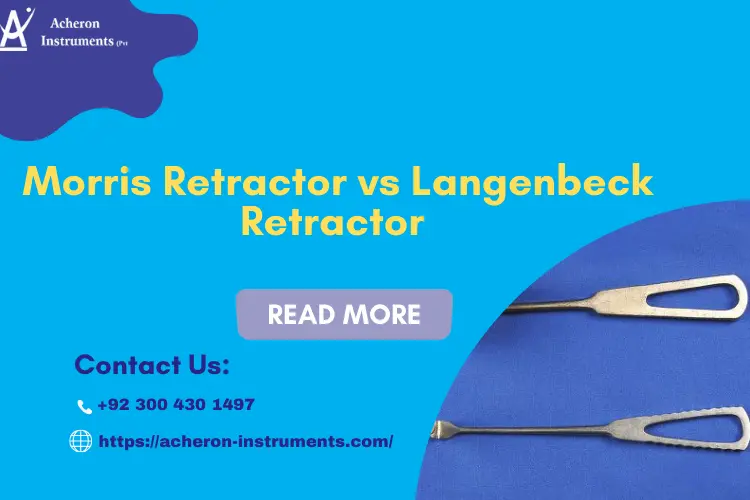 Are you a medical practitioner who’s looking for the best surgical retractors to keep your surgical performance intact and efficient? Then, you must be familiar with the most famous names of retractors Morris and Langenbeck retractors. Do you find it difficult to make a choice between the two of them? Fret not, we got you covered with an elaborate discussion about these two types of retractors in this blog. Morris retractor vs Langenbeck retractor is a very common debate as both these instruments are one of the most important tools in the field of surgery.
Are you a medical practitioner who’s looking for the best surgical retractors to keep your surgical performance intact and efficient? Then, you must be familiar with the most famous names of retractors Morris and Langenbeck retractors. Do you find it difficult to make a choice between the two of them? Fret not, we got you covered with an elaborate discussion about these two types of retractors in this blog. Morris retractor vs Langenbeck retractor is a very common debate as both these instruments are one of the most important tools in the field of surgery.
Surgical retractors play a pivotal role in the field of surgery. Surgical procedures get extremely difficult and tiring to perform if surgeons do not get access to the operating site properly. This is where retractors come in handy.
There is a diverse array of medical retractors exists. Also, each type and variant possesses specific specialties. The surgeon selects surgical retractors depending on the particular anatomical region where surgeons are performing a procedure.
Moreover, surgeons have a huge range of variety of retractors to choose from. Whether they are performing delicate surgeries or handling tougher tissues, the option of both hand-held and self-retaining retractors makes the procedure quite smooth. Let’s discuss both these retractors first to get a clear understanding of these.
What is a Morris retractor?
This retractor is a great surgical instrument that is useful in a wide range of surgical applications. Surgeons can widen the wound borders and incision sites with the help of this multi-purpose tool. Also, this instrument is widely used in a thoracoabdominal area with its ideal design. It comprises a unique L-shaped blade that is essential for deep retractions. Moreover, you can use it if you want to work with a clear field of vision and want to explore the inside area of the body cavity with greater ease. Thus, allowing you to address the necessary repairs in such areas. Let’s explore this retractor in detail!
Features of Morris retractor
- This retractor has a unique L-shaped design that is essential for deeper retractions
- You can gain clear access and improved vision as it features an elongated and ideal slim shaft
- This instrument comes with a fenestrated handle ergonomically designed that ensures optimal control and handling
- The terminal beak-shaped curve of this tool is beneficial when you want to hold onto the retracted tissues
- Morris retractors come in multiple sizes as well as working end sizes that allow you to pick the right one for your surgical need
- The blade of the Morris retractor is generally blunt in nature prevents local injury
What is a Langenbeck retractor
Langenbeck retractor is a great tool that surgeons commonly use in abdominal cavity areas such as intestines to retract delicate tissues. It provides an unobstructed and clear view of the surgical site with its impeccable design. Moreover, this tool is named after the German surgeon Bernhard von Langenbeck, who was influential in the field of surgery during the 19th century. These retractors are commonly useful in procedures involving the abdomen, pelvis, and other surgical sites where access and visibility are crucial.
This retractor typically consists of an L-shaped blade-like structure with a handle at one end. This incredible blade is inserted into an incision to gently lift and hold back tissues which in turn exposes the underlying structures for the surgeon to work on. Additionally, the curved shape of the retractor helps in creating a wide opening and prevents excessive trauma to the surrounding tissues. Let’s explore its features in detail!
Features of Langenbeck retractor
- This retractor allows atraumatic retractions as it comprises a single blunt blade ideal for retracting delicate structures
- You can easily gain access to the hidden cavities with the help of this tool with its L-shaped working end
- This hook alike tool comes with a teardrop ringed handle that is essential for a firm grip and avoiding slippage
- This retractor also comes with a central ring that becomes helpful for ensuring a firm grasp as well as enables superior handling
- Thanks to the amazing feature of its streamlined shaft that can easily be inserted into the deep surgical areas. This is important because it’s generally difficult to gain access to such areas
- This retractor is highly versatile and useful in numerous surgical specialties as they come in various sizes, and designs along with both sharp/blunt blades
Morris retractor vs Langenbeck retractor
Both Morris and Langenbeck retractors are widely used tools in surgeries. Also, both these retractors have their own surgical specialties helping surgeons in a wide range of applications. However, you must have noticed a few similarities that might be confusing to decide which retractor is a better choice for your surgical scenario. Despite multiple similarities such as the L-shaped working end, purpose of retraction, and exposure to the surgical area, there are a few differences that make these tools different from each other. Let’s discuss some key differences:
- The L-shaped working end of the Morris retractor generally has blunted rims that reduce the risk of local injury whereas the Langenbeck retractor comes with sharp or blunt L-shaped working ends. The blade of the Langenbeck retractor is therefore useful for a wide range of surgical applications as it can retract delicate as well as tough structures.
- Morris retractors are generally useful for lower abdominal surgeries whereas Langenbeck retractors are preferable in the surgery of the thoracic and upper abdominal area
- Morris retractors feature a fenestrated handle that allows surgeons to have a better grip on the handle whereas Langenbeck retractors comprise a teardrop ringed handle along with a central ring that provides maximum comfort to the user, especially in complicated and lengthy surgical procedures.
- Surgeons usually prefer Morris retractors for keeping skin and tissues away from the organs and the bones during surgeries whereas Langenbeck retractors are useful for deep surgical retractions as well as manipulating heavy structures
- Both the retractors come in different sizes along with different sizes of the working ends
The final verdict
When it comes to the Morris retractor vs Langenbeck retractor, there is no single answer to which one is a better choice. You can choose the one based on your surgical preference, the patient’s anatomy, and the specific requirements of tissue retraction. However, Langenbeck retractors are the most famous ones used in surgical procedures because of their numerous surgical benefits and wide range of surgical applications.
Looking for high-quality retractors?
If you are looking for high-quality surgical retractors, you need to visit our wide range of surgical instruments. Acheron Instruments offers high-quality surgical instruments made with high-grade German stainless steel material that makes our tools robust, highly durable, and reliable. Moreover, we offer a diverse range of surgical retractors including Deaver retractors, Doyen retractors, Farabeuf retractors, etc. and so many more.
All you need is to visit our website to explore our diverse range of surgical retractors as well as other surgical instruments. Or, contact us on the contact number or email given on our website for further guidance. So, what are you waiting for? Place your orders now and that too at the most reasonable prices. We promise you won’t be disappointed!
FAQ’s
Q: Can Langenbeck and Morris's retractors be used interchangeably?
A: both retractors have distinct applications and designs. There might be cases where they can be used interchangeably based on the nature of the surgical procedure and the surgeon's preference. However, it's crucial to consider the specific features of each retractor and their suitability for the intended purpose.
Q: Are there any advantages of Langenbeck retractors over Morris retractors?
A: Langenbeck retractors provide good exposure to the surgical field due to their broad blades. Also, they are suitable for retracting larger areas of soft tissues and muscles. However, the choice between the two depends on the specific requirements of the surgical procedure.


